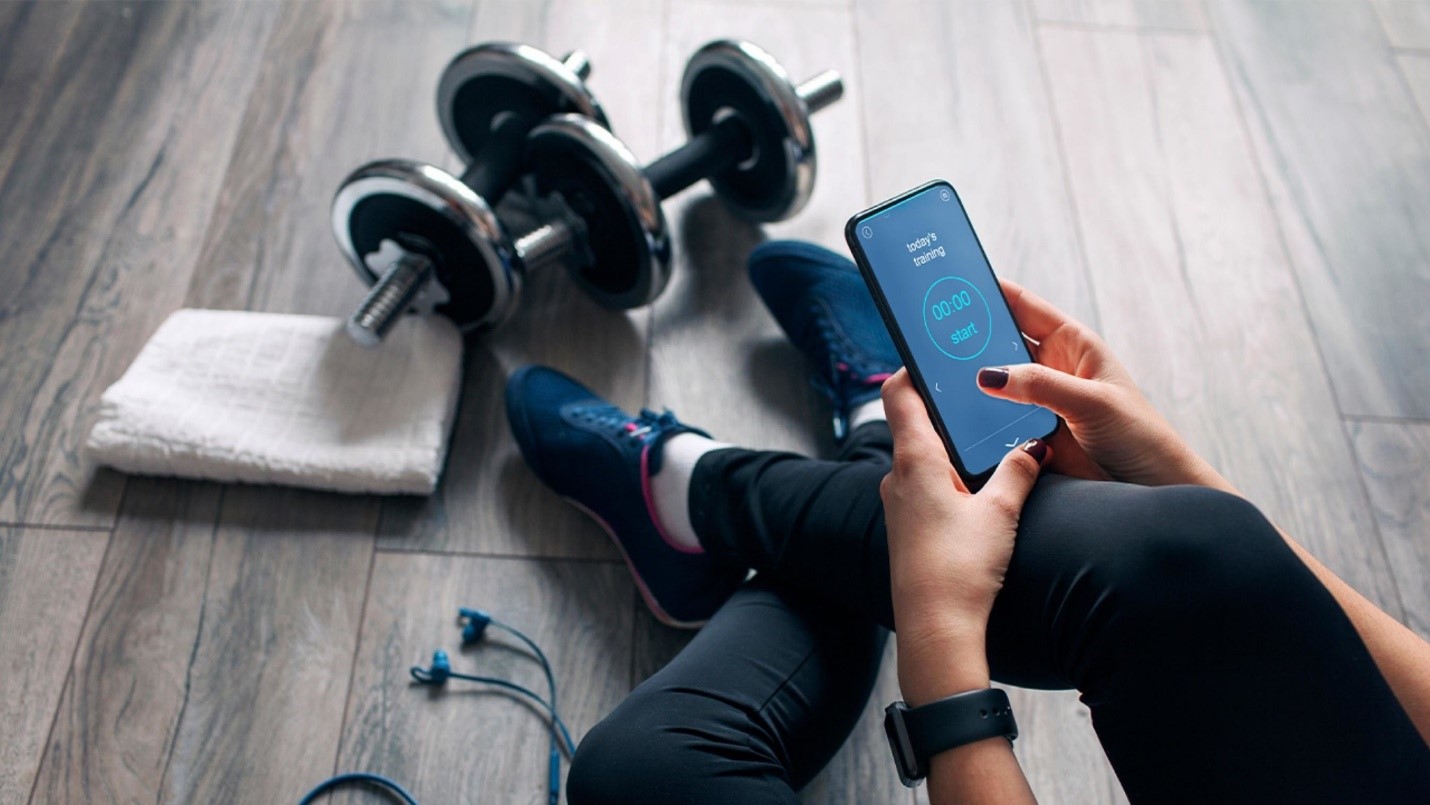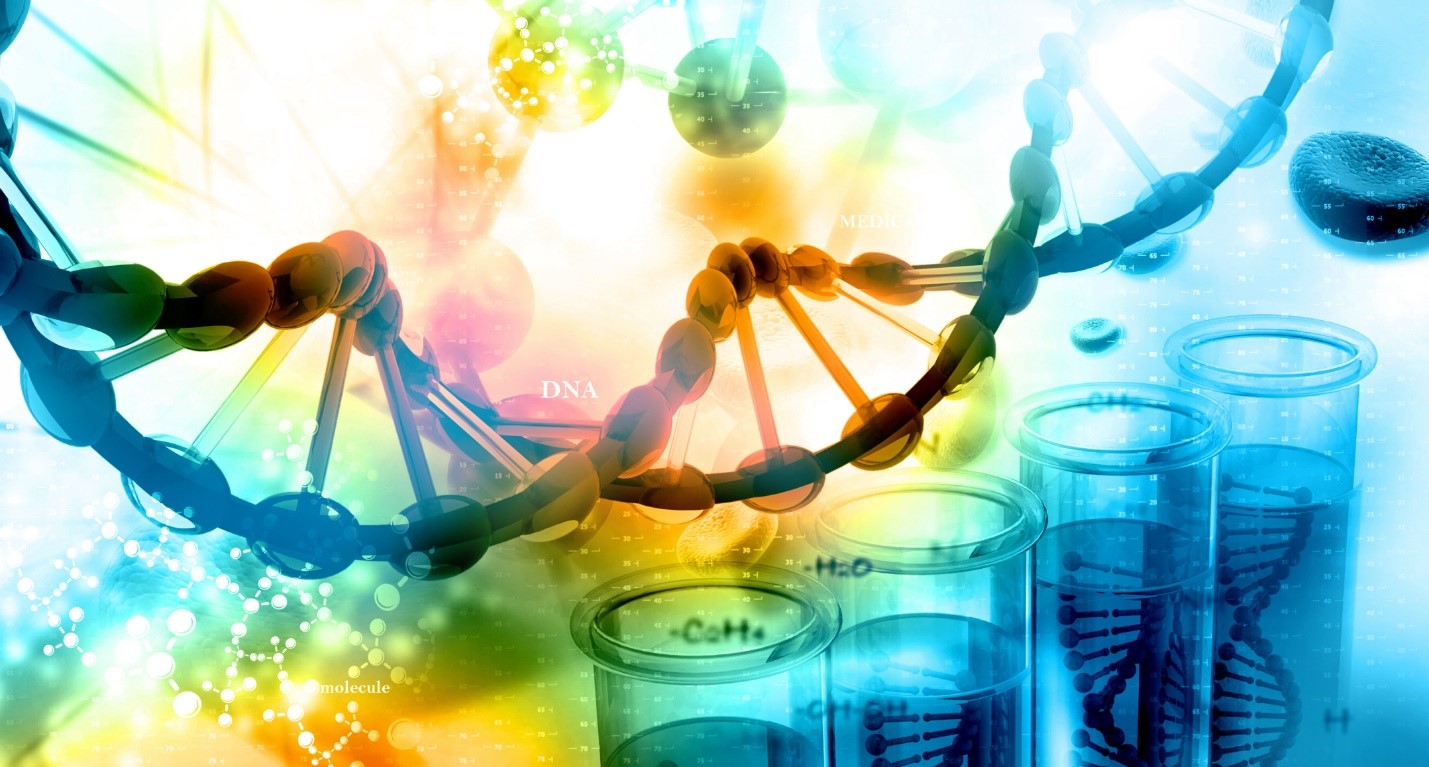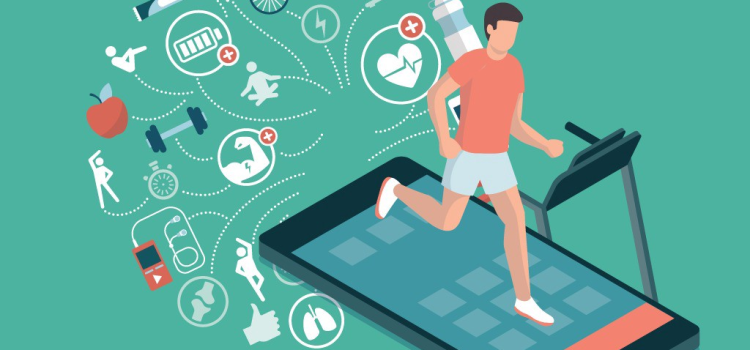
In recent years, plant-based diets have surged in popularity, driven by a combination of health, environmental, and ethical considerations. This dietary approach, which emphasizes the consumption of fruits, vegetables, legumes, nuts, seeds, and whole grains while minimizing or eliminating animal products, is increasingly embraced by individuals seeking to improve their well-being and reduce their ecological footprint. This article delves into the health benefits and trends associated with plant-based diets, providing a comprehensive overview of why this lifestyle choice is gaining momentum.
Health Benefits of Plant-Based Diets
1. Nutrient-Rich and Balanced
Plant-based diets are rich in essential nutrients, including vitamins, minerals, fiber, and antioxidants. Fruits and vegetables, the cornerstone of these diets, provide a plethora of vitamins (such as A, C, and K) and minerals (including potassium and magnesium) that are crucial for maintaining overall health. Whole grains and legumes offer a substantial amount of protein and fiber, promoting digestive health and aiding in the regulation of blood sugar levels.
2. Weight Management
Numerous studies have shown that individuals who follow plant-based diets tend to have lower body mass indexes (BMIs) compared to those who consume animal-based diets. This is partly due to the high fiber content in plant foods, which promotes satiety and reduces overall calorie intake. Additionally, plant-based diets are typically lower in saturated fats and calories, making them an effective strategy for weight management and obesity prevention.
3. Reduced Risk of Chronic Diseases
Plant-based diets have been linked to a reduced risk of several chronic diseases. For instance, a diet rich in fruits, vegetables, and whole grains can lower the risk of heart disease by improving cholesterol levels and reducing blood pressure. The anti-inflammatory properties of plant foods also play a role in preventing type 2 diabetes, certain cancers, and other inflammatory conditions. The consumption of antioxidants and phytochemicals found in plants helps protect cells from damage, further contributing to disease prevention.
4. Improved Digestive Health
The high fiber content in plant-based diets promotes healthy digestion by supporting regular bowel movements and preventing constipation. Fiber also feeds the beneficial bacteria in the gut, fostering a healthy microbiome that is essential for overall digestive health. A well-balanced gut microbiome has been associated with improved immune function, better mental health, and a lower risk of gastrointestinal disorders.
5. Enhanced Mental Well-being
Emerging research suggests that plant-based diets may have a positive impact on mental health. The consumption of nutrient-dense plant foods has been linked to lower levels of depression and anxiety. Omega-3 fatty acids, found in flaxseeds, chia seeds, and walnuts, play a crucial role in brain health and cognitive function. Moreover, the anti-inflammatory properties of plant foods may help reduce the risk of neurodegenerative diseases such as Alzheimer’s.

Trends in Plant-Based Diets
1. Rise of Plant-Based Alternatives
The market for plant-based alternatives to meat, dairy, and other animal products has exploded in recent years. Companies are innovating to create products that closely mimic the taste, texture, and nutritional profile of traditional animal-based foods. Plant-based burgers, sausages, milk, cheese, and yogurt are now widely available in grocery stores and restaurants, making it easier for individuals to transition to a plant-based diet without sacrificing their favorite foods.
2. Celebrity Endorsements and Social Media Influence
The popularity of plant-based diets has been bolstered by endorsements from celebrities and influencers who advocate for this lifestyle on social media platforms. High-profile figures such as Beyoncé, Lewis Hamilton, and Joaquin Phoenix have publicly shared their positive experiences with plant-based eating, inspiring millions of followers to explore this dietary approach. Social media has become a powerful tool for spreading awareness and sharing recipes, tips, and success stories related to plant-based diets.
3. Sustainability and Environmental Concerns
Environmental sustainability is a significant driving force behind the adoption of plant-based diets. The production of plant foods generally requires fewer resources, such as water and land, and generates lower greenhouse gas emissions compared to animal agriculture. As awareness of climate change and environmental degradation grows, more people are choosing plant-based diets as a way to reduce their ecological footprint and contribute to a more sustainable food system.
4. Increased Availability and Accessibility
The increased demand for plant-based foods has led to greater availability and accessibility. Grocery stores are expanding their plant-based product offerings, and restaurants are incorporating more plant-based options into their menus. This trend is not limited to urban areas; even smaller towns and rural communities are seeing a rise in plant-based food availability. This widespread accessibility makes it easier for individuals from diverse backgrounds to adopt and maintain a plant-based diet.
5. Focus on Whole Foods
While plant-based alternatives to processed foods are popular, there is also a growing emphasis on whole, minimally processed plant foods. Whole foods, such as fresh fruits, vegetables, legumes, nuts, seeds, and whole grains, are celebrated for their nutritional density and health benefits. This trend encourages individuals to focus on consuming a variety of whole plant foods to achieve a balanced and nutrient-rich diet.
Conclusion
The growth of plant-based diets is a multifaceted phenomenon driven by health benefits, environmental sustainability, and ethical considerations. As more research highlights the positive impact of plant-based eating on overall health and well-being, and as the availability of plant-based foods continues to expand, it is likely that this dietary trend will continue to gain traction. Whether motivated by personal health, environmental concerns, or a desire to support animal welfare, individuals who adopt plant-based diets can enjoy a multitude of benefits while contributing to a more sustainable and compassionate world.


























